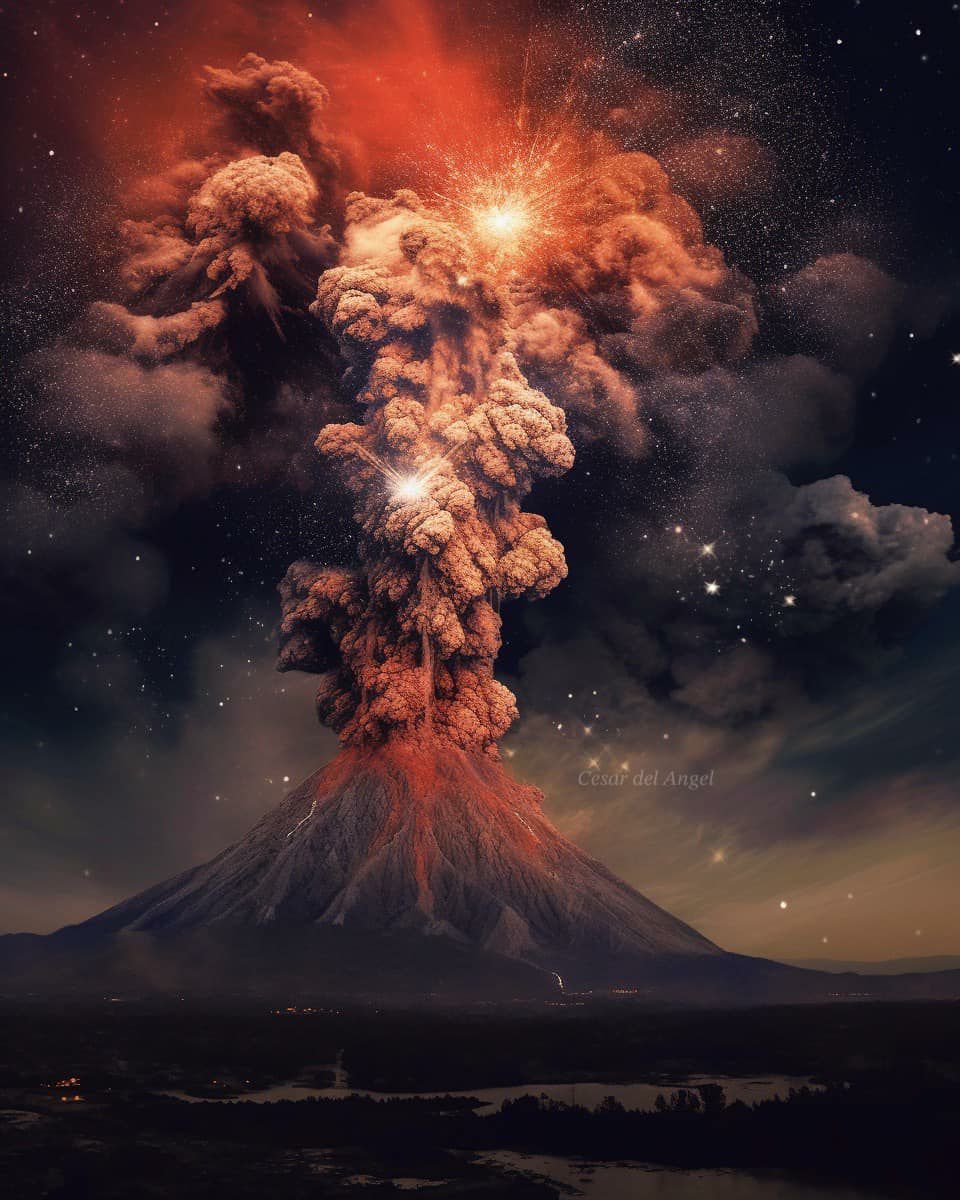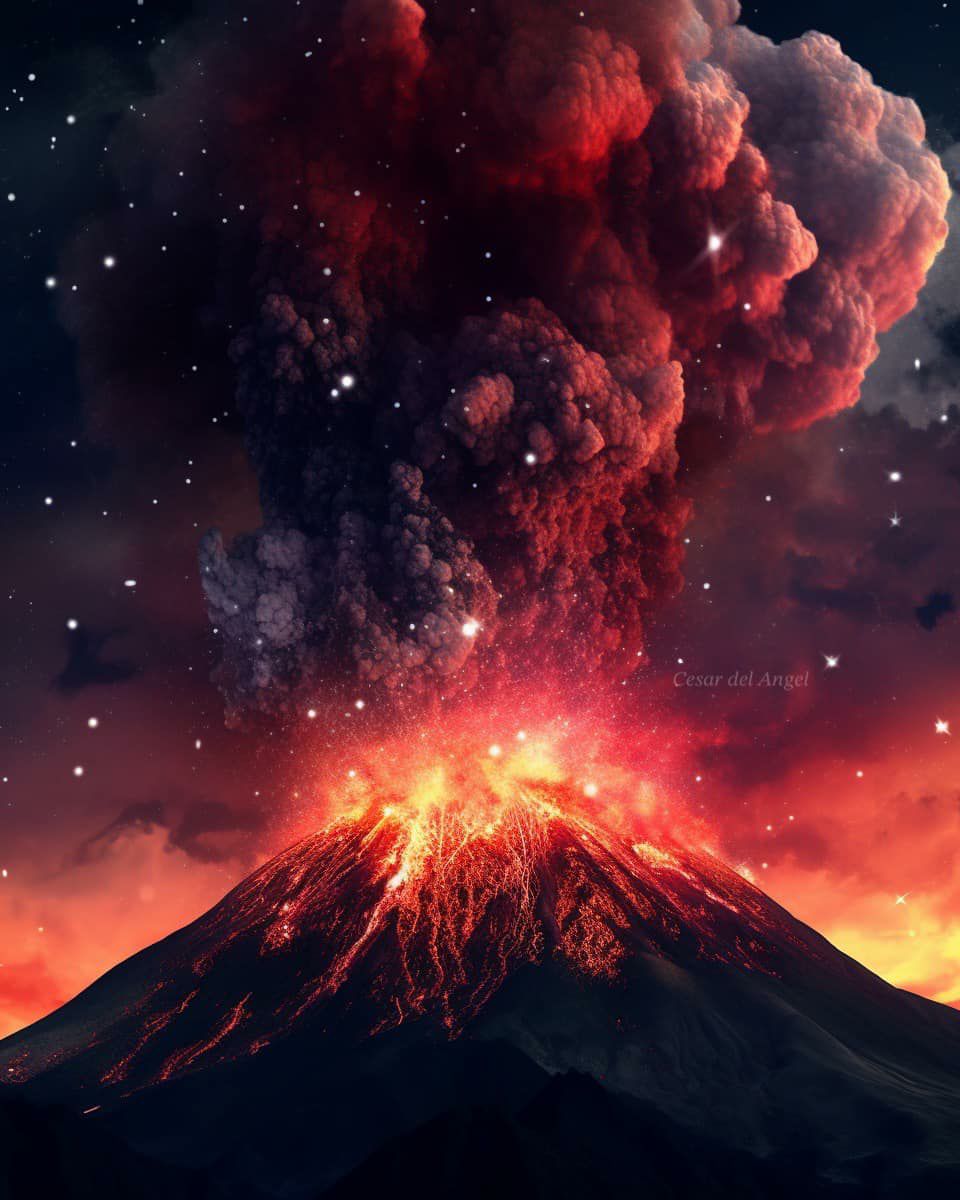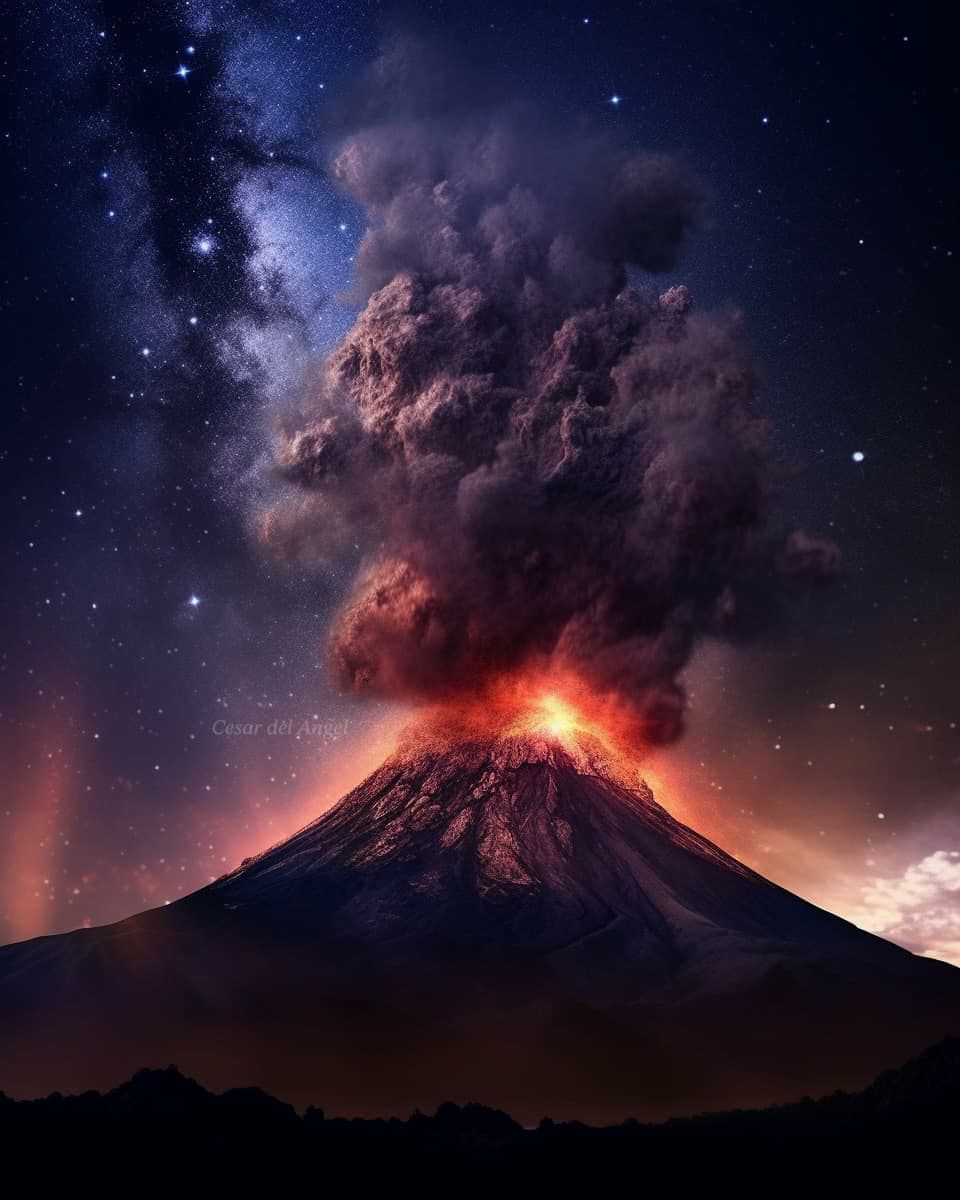Mexico’s Volcanic Fury: Unleashing the Power of an Eruption.
Mexico, a country known for its vibrant culture, ancient civilizations, and breathtaking landscapes, is also home to some of the world’s most awe-inspiring volcanoes. These majestic mountains not only shape the country’s physical geography but also play a significant role in its history and culture. Mexico’s volcanic fury, unleashed through powerful eruptions, is a testament to the raw and untamed forces of nature.
One of the most iconic volcanoes in Mexico is Popocatépetl, located just southeast of Mexico City. Standing at an imposing height of over 5,400 meters, it is the country’s second highest peak and has a long history of volcanic activity. Popocatépetl’s name, derived from the Nahuatl language, means “Smoking Mountain,” a fitting description given its frequent emissions of steam and smoke. The volcano has been active for thousands of years, and its eruptions have both mesmerized and threatened nearby communities.
In recent years, Popocatépetl has exhibited heightened activity, captivating the attention of scientists, locals, and tourists alike. The volcano has experienced numerous eruptions, ranging from small ash emissions to larger explosive events. These eruptions not only showcase the raw power of nature but also serve as a reminder of the potential hazards that volcanic activity can pose to human populations.
The eruptions of Popocatépetl have had a profound impact on the surrounding region. Ashfall, a common consequence of volcanic eruptions, blankets nearby towns and agricultural fields, affecting daily life and disrupting local economies. The Mexican government, along with scientific organizations, has implemented monitoring systems and evacuation plans to ensure the safety of those living in the volcano’s vicinity. These measures aim to mitigate the risks associated with volcanic activity and provide timely warnings to residents.
Despite the potential dangers, Mexico’s volcanic activity also brings unique benefits to the region. Volcanic soils, enriched with minerals and nutrients, create fertile grounds for agriculture. The volcanic region around Popocatépetl is known for its abundant production of crops such as corn, beans, and chili peppers, which are staples of Mexican cuisine. The volcanic ash acts as a natural fertilizer, enhancing the productivity and flavor of the crops grown in the area.
Additionally, volcanic landscapes attract adventurers and nature enthusiasts from around the world. Mexico’s volcanoes offer opportunities for hiking, mountaineering, and exploring stunning geological formations. The sheer beauty and awe-inspiring views from the summits of these volcanoes leave a lasting impression on those who dare to venture into their volcanic realms.
Mexico’s volcanic fury serves as a reminder of the Earth’s dynamic nature and its ability to shape the world we live in. It highlights the delicate balance between the destructive power of eruptions and the benefits derived from volcanic activity. The resilience of local communities in the face of volcanic threats, coupled with the scientific efforts to understand and monitor these natural phenomena, demonstrates Mexico’s commitment to harnessing the power of knowledge to protect its people and utilize the unique opportunities provided by its volcanic landscapes.
In the land of ancient civilizations and rich traditions, Mexico’s volcanoes stand tall, reminding us of the forces that have shaped our world throughout history. As we witness the fury of these majestic mountains, we are reminded of the delicate relationship between humanity and nature, and the importance of respecting and cherishing the power of our planet’s volcanic wonders.
Hits: 0









